
It’s day six onboard Viking Atla on our Romantic Danube river cruise and our first morning in Budapest, the capital and largest city in Hungary. Measuring just over 202 square miles, the unification of Buda on the west bank and Pest on the east bank occurred in 1873. Many consider Budapest to be the most beautiful European city and attracts over 4 million tourists a year and I happily was part of that statistic for 2015.
Super motivated to get acquainted as soon as possible with Budapest, Karla and I were able to walk right off of our river cruise ship as we were docked only steps away from Chain Bridge, the city’s most famous bridge. While Viking River Cruises includes tours for passengers, we once again went rogue and wandered off on our own to explore Pest. As we we were going to spend a few days after the cruise in Budapest, we decided to delve into other areas closer to where Viking Atla was docked. First we needed to get a good cup of coffee to start our day and I’ll cover that and more in my upcoming posts about food and beverages in Budapest.
After coffee, we walked around and found ourselves in front of St. Stephen’s Basilica or in Hungarian, Szent István-bazilika. Named for Hungary’s first king, St. Stephen, it’s the largest church in Budapest and the third largest church building in Hungary. St. Stephen’s Basilica is a Roman Catholic church and is one of the tallest buildings in Budapest as well as one of the biggest tourist attractions. Built in the Neo-Classical style, it took 54 years to complete construction in 1905. The collapse of the dome in 1868, which required it to be completely rebuilt, was the reason for the delay in construction. The basilica has six bells inside the two towers with five bells in one and the Szent-istván bell in the other. The bell that stands alone does so because of its size as it’s the biggest bell in all of Hungary. Five of the six bells, all but the Blessed Virgin Mary bell, were founded in Passau. The bells toll twice a year (New Year’s Eve and August 20) and on special events.
Outside the church is a large square complete with the most amazing mosaics and cafés and bistros, too.
Did you know that St. Stephen's Basilica holds Hungary's most important relic, St. Stephen's mummified right hand, called the Szent Jobb or Holy Right Hand? It's taken out of its shrine and paraded through the streets yearly on August 20, the anniversary of St. Stephen's death. How I wish I could've been there for that!Click To TweetTSG Tip: Did you know that St. Stephen’s Basilica holds Hungary’s most important relic, St. Stephen’s mummified right hand, called the Szent Jobb or Holy Right Hand? It’s taken out of its shrine and paraded through the streets yearly on August 20, the anniversary of St. Stephen’s death. How I wish I could’ve been there for that!
Szent István-bazilika
Budapest, Szent István tér 1, 1051 Hungary
The Hungarian State Opera House (Magyar Állami Operaház), a neo-Renaissance style building with Baroque elements, was built between 1875 and 1884 and is the largest opera house in Budapest and Hungary. Located in central Budapest on Andrássy Út, as you approach the building you’ll notice the two statues of Hungary’s most famous composers, Ferenc Erkel and Franz Liszt along with marble columns and a vaulted ceiling covered in murals depicting the nine Muses. Although small in size, seating only 1,261 guests, the acoustics inside make the Opera House one of the best in the world. I was drawn to the building and took countless pictures of the portico ceiling painted by Bertalan Székely and Mór Than, both Hungarian painters.
Magyar Állami Operaház
Budapest, Andrássy Út 22, 1061 Hungary
We weren’t looking for Dohány Street Synagogue, but I’m so glad we came upon it while we were out sightseeing in Budapest. It’s the largest synagogue in Europe and one of the largest in the world. Built between 1854 and 1859 in the Moorish Revival style with two domes and a rose stained glass window, the synagogue is part of a complex which also includes the Heroes’ Temple, the graveyard, the Memorial and the Jewish Museum. No less than 400,000 Hungarian Jews were murdered by the Nazis and the Raoul Wallenberg Holocaust Memorial Park contains the “Tree of Life,” with leaves holding the names and tattoo numbers of the victims. The synagogue is beautiful piece of architecture in the middle of Pest full of history and a must see stop if you visit Budapest.
TSG Tip: Did you know that the Central Synagogue in Manhattan is a near copy of this synagogue?
Dohány Street Synagogue
Budapest, Dohány u. 2, 1074 Hungary
On the way back to Viking Atla, we walked along Andrassy Út, which is known as the Champs-Élysées of Budapest and dates back to 1872. It runs from Erzsébet tér to Oktogon, from Oktogon to Kodály körönd, and from Kodály körönd to Bajza utca. The entire area is now part of the UNESCO World Heritage as of 2002. You can find luxury shopping, culture, such as theater and the Opera House, villas and mansions as well as embassies, cafés and restaurants all along Andrassy Avenue. I was extremely partial to the tree lined section with a path running down the middle of it with perfectly coiffed green landscaping. The sun was beginning to set and cast shadows against the buildings and statues located along the way under the golden hues of the sun.
Up next: We cruise along the Danube River at night for some amazing photographs of the beautiful city of Budapest. We covered so much on day one while in Budapest, from cafés to bars to restaurants to sightseeing, but there is no way I could put it all in one post.
I was a guest of Viking River Cruises for this cruise, but as always — all opinions and photographs are my own.




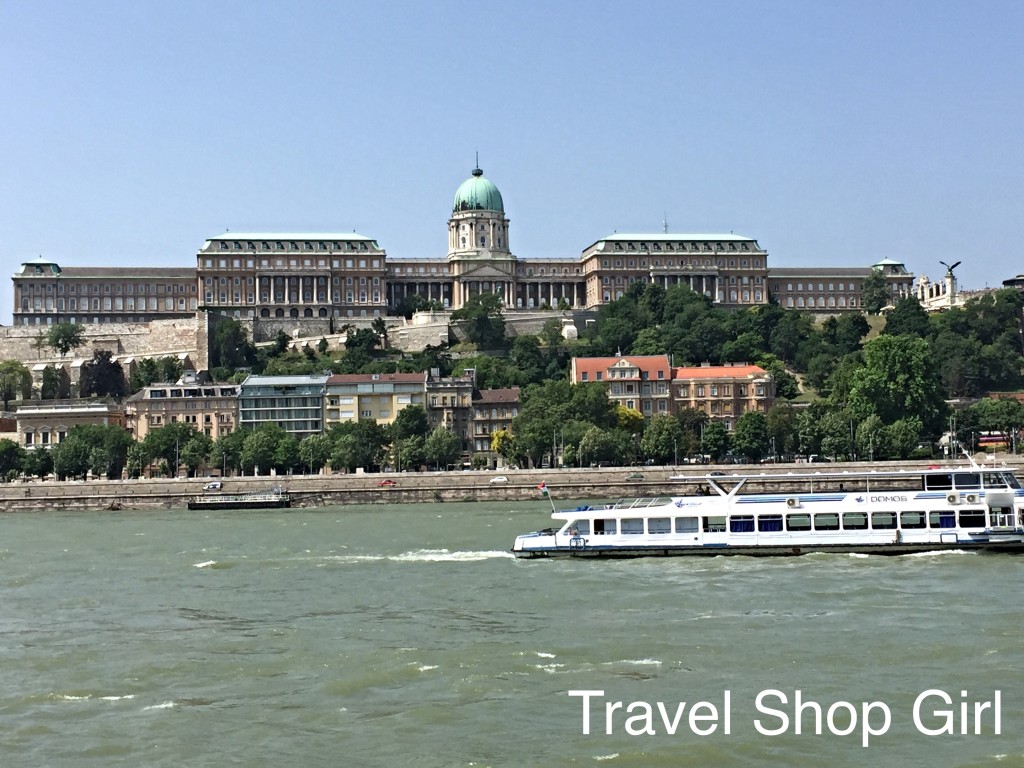


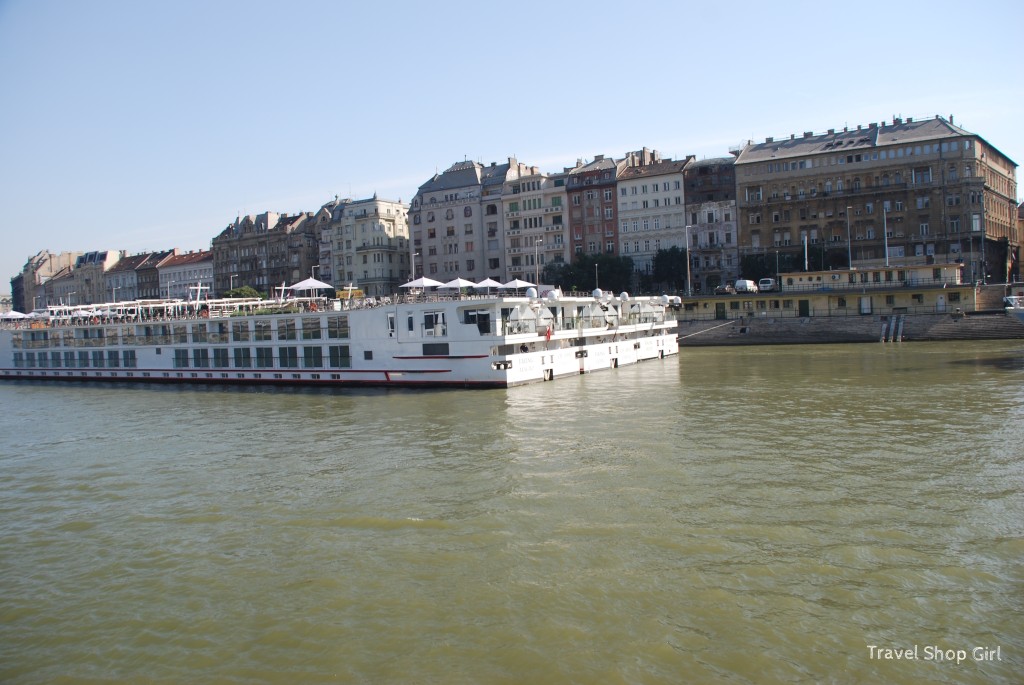
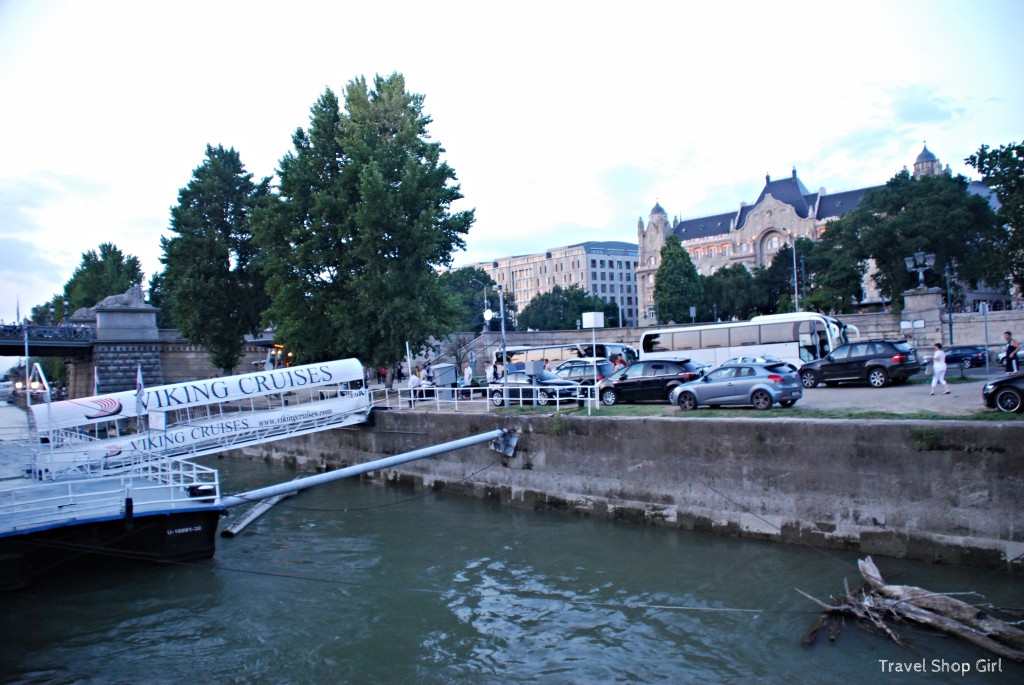

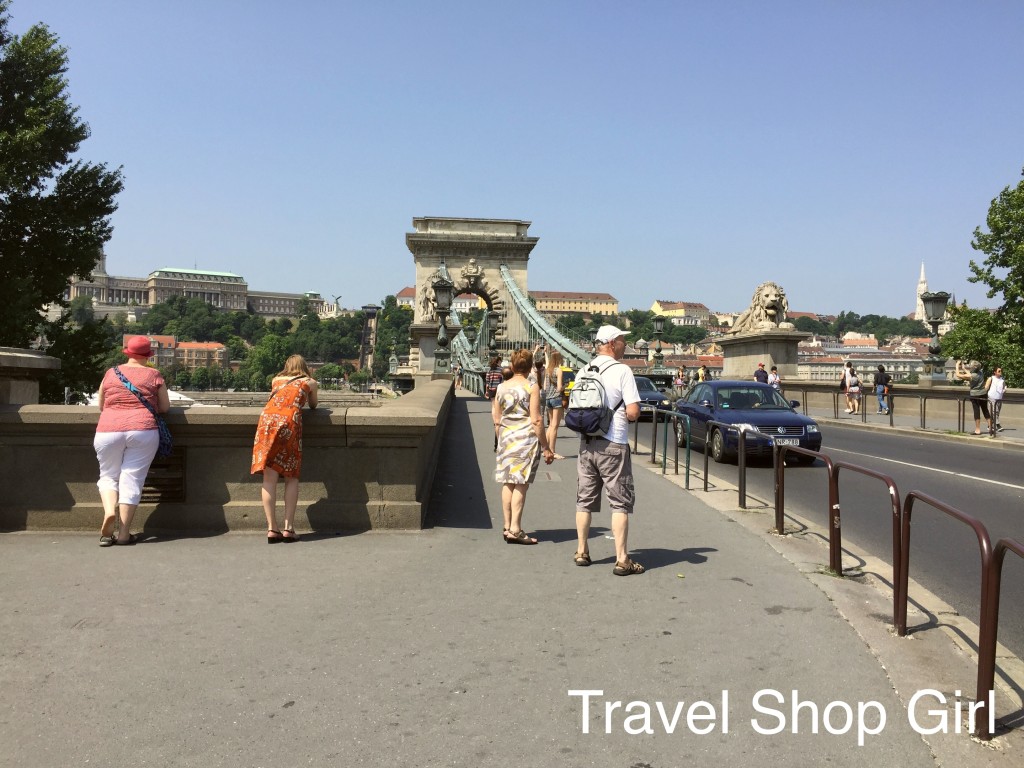
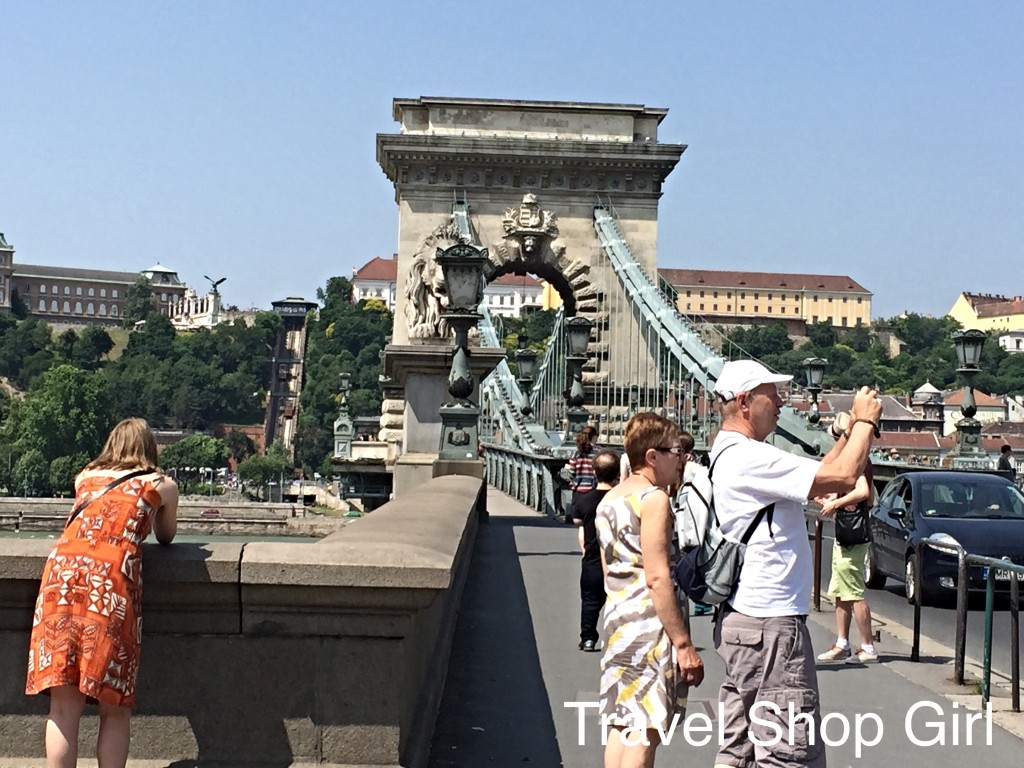
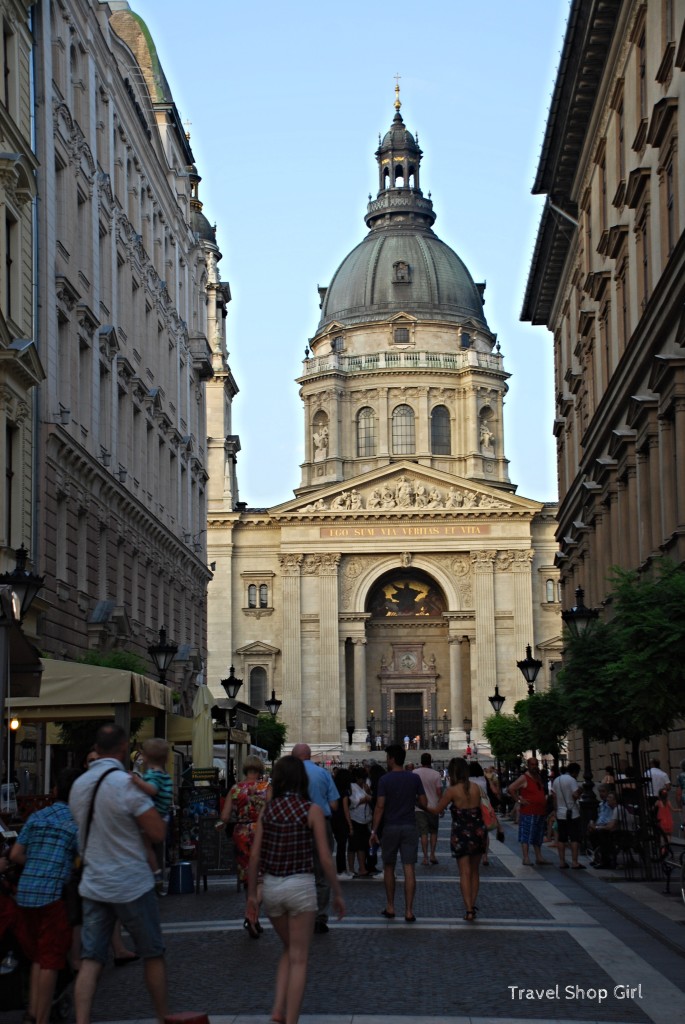
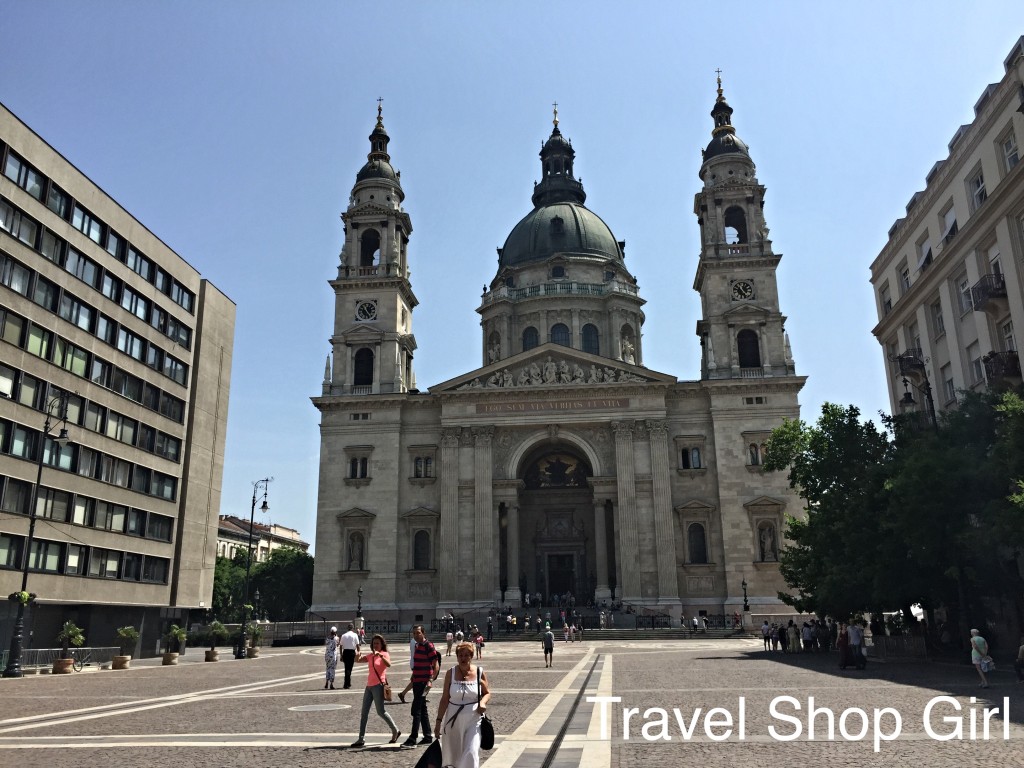


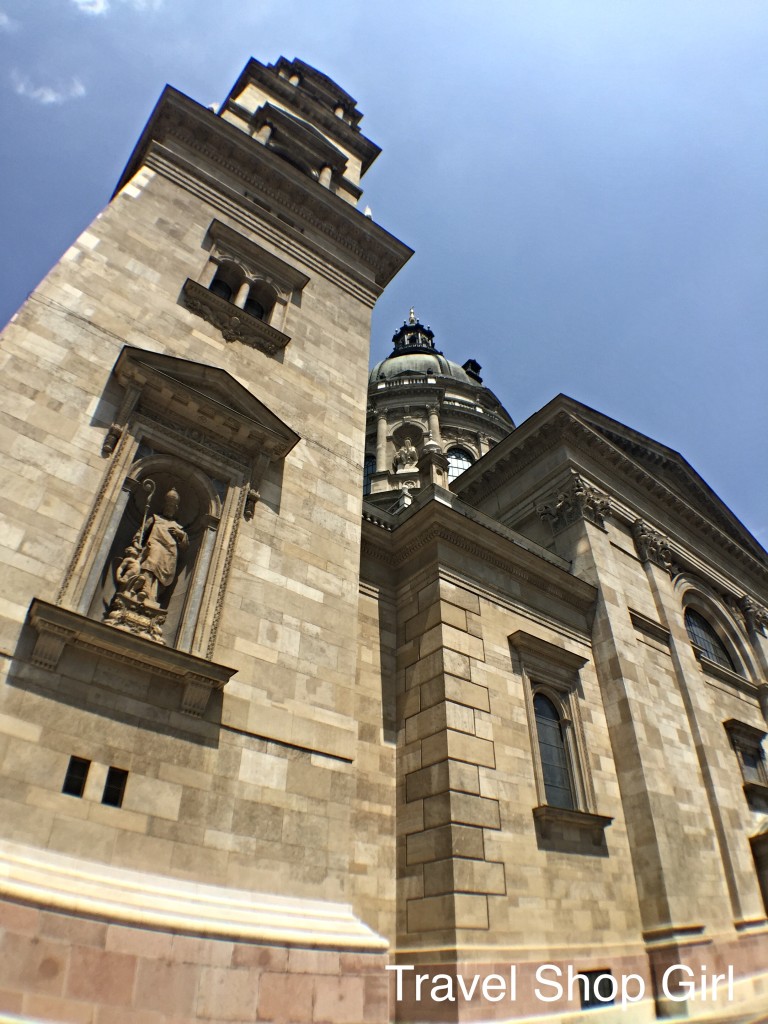

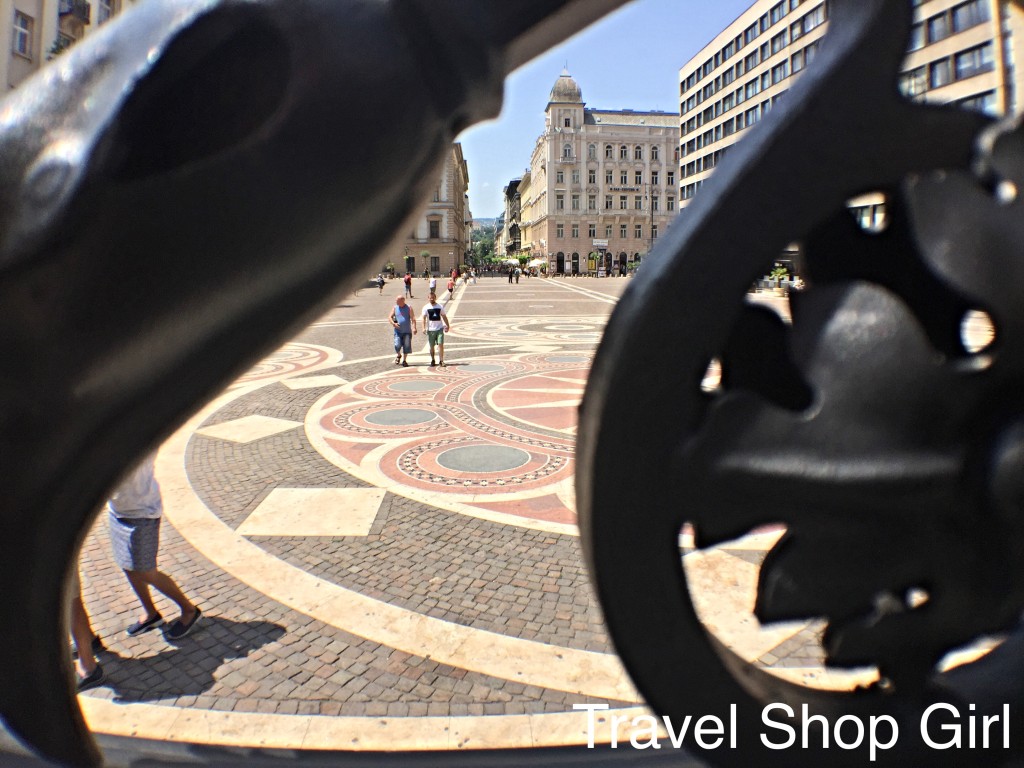
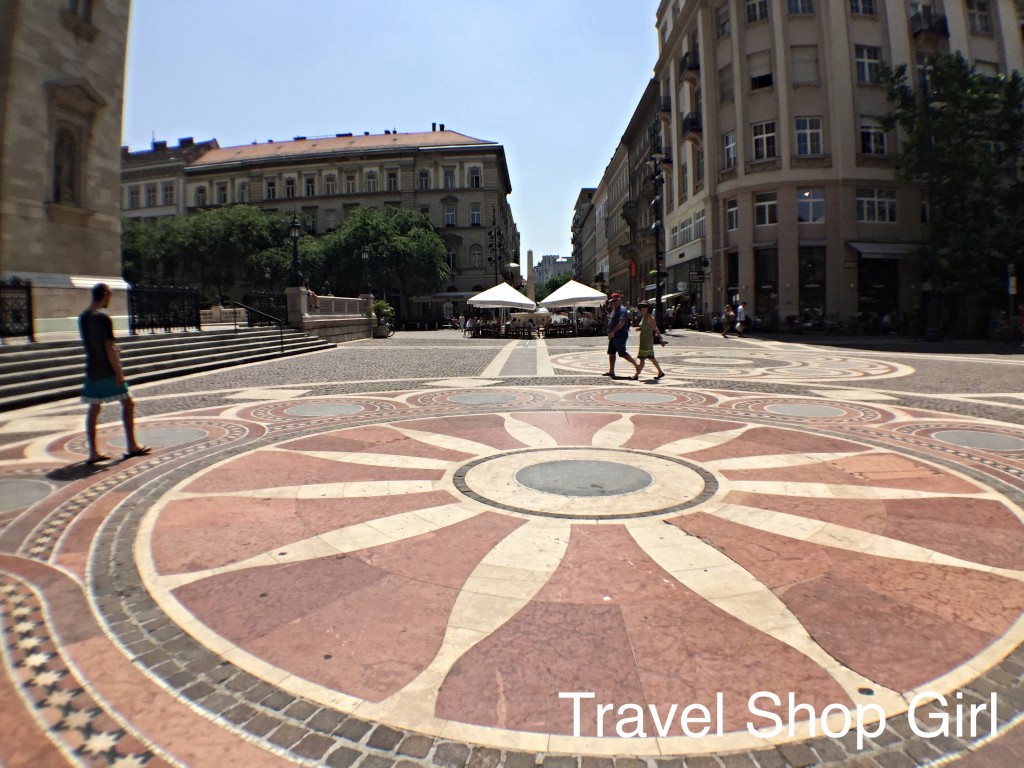

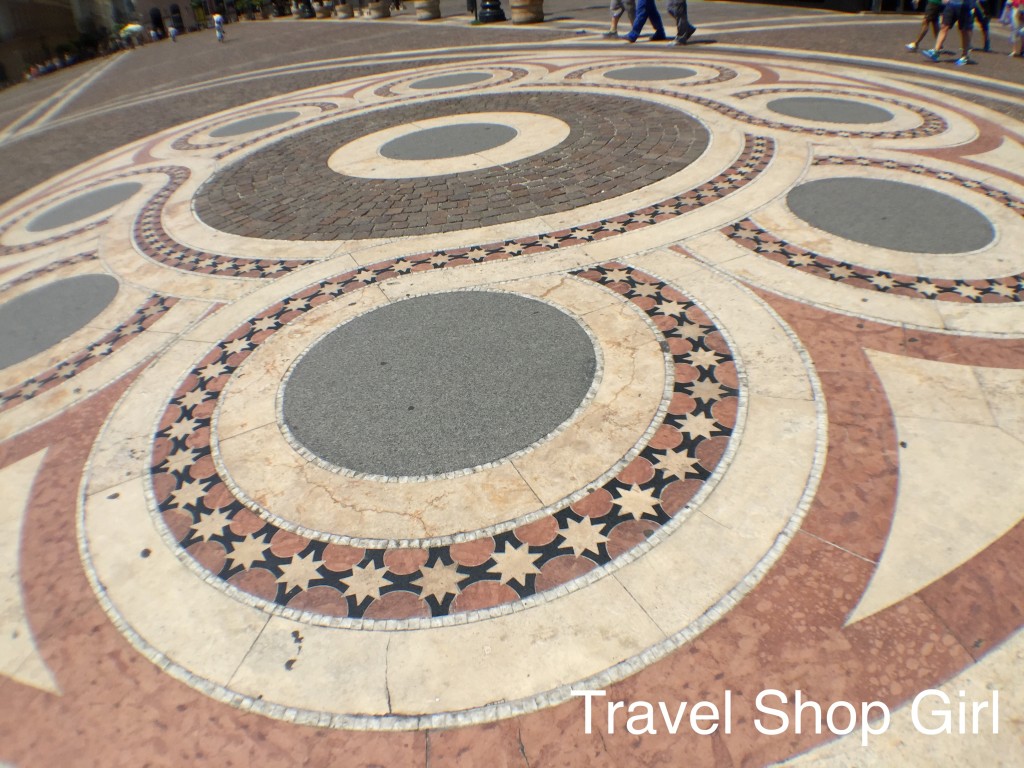
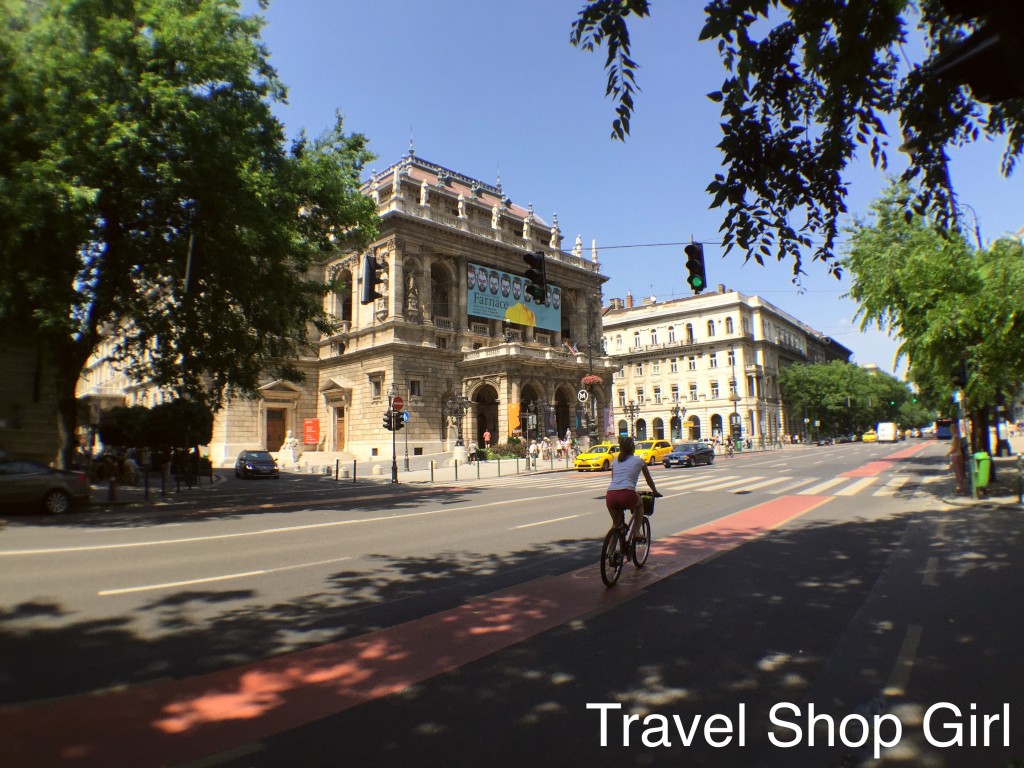
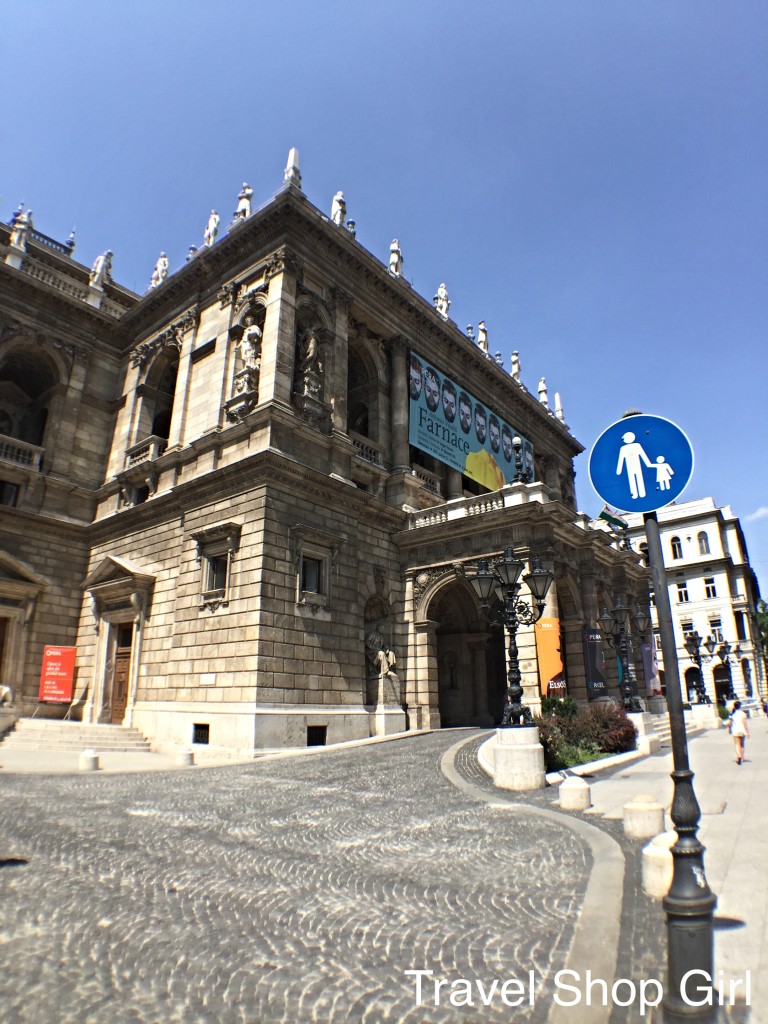

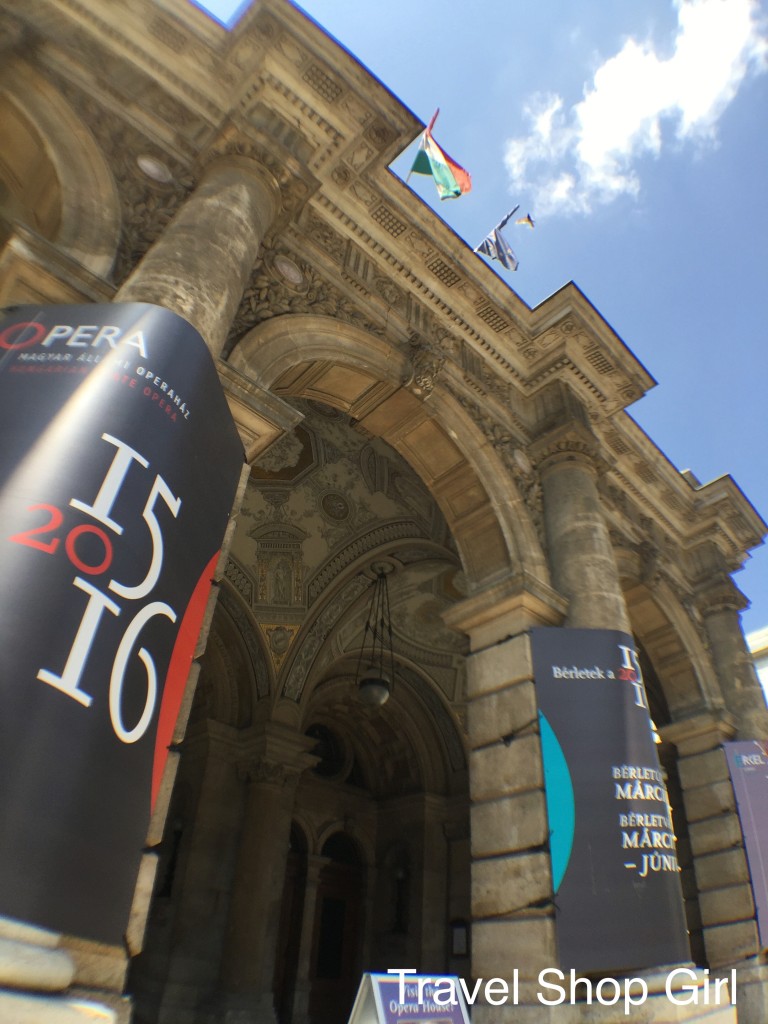
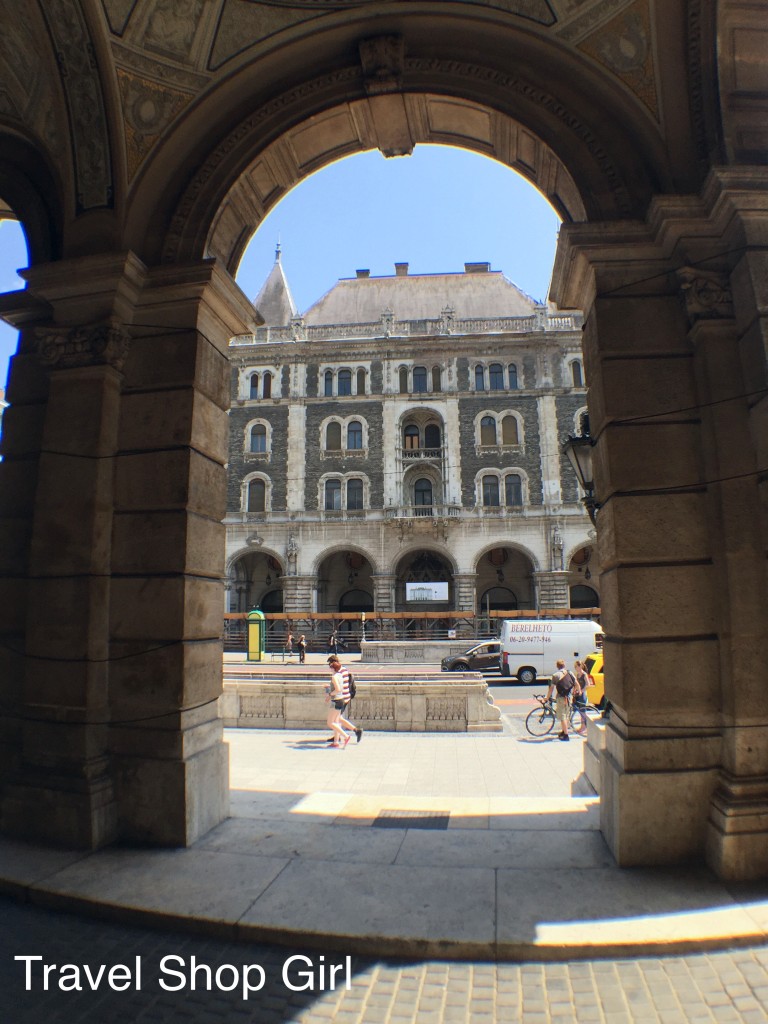
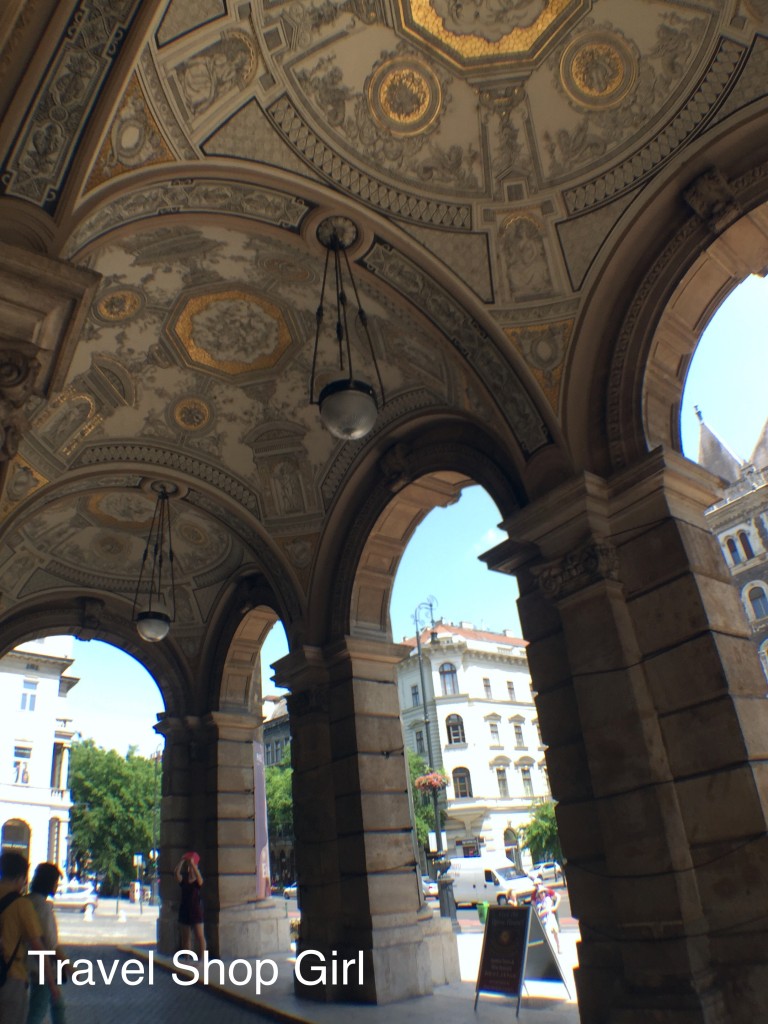
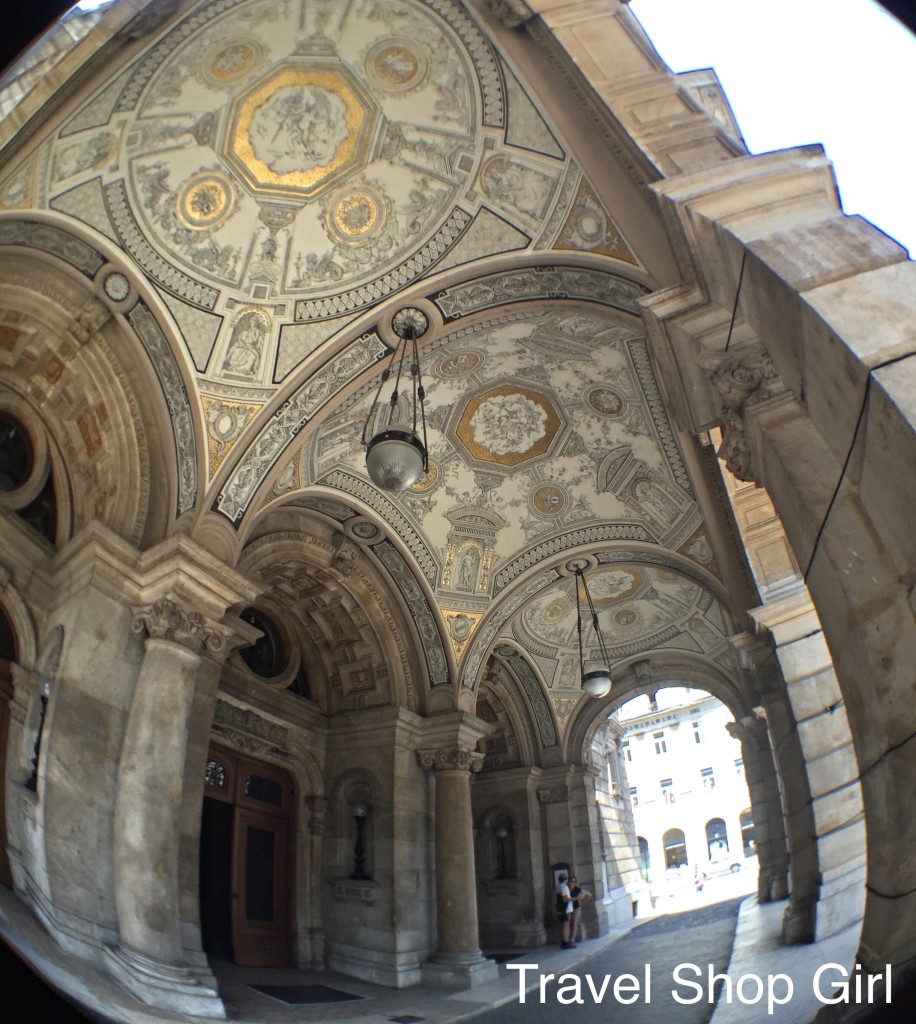
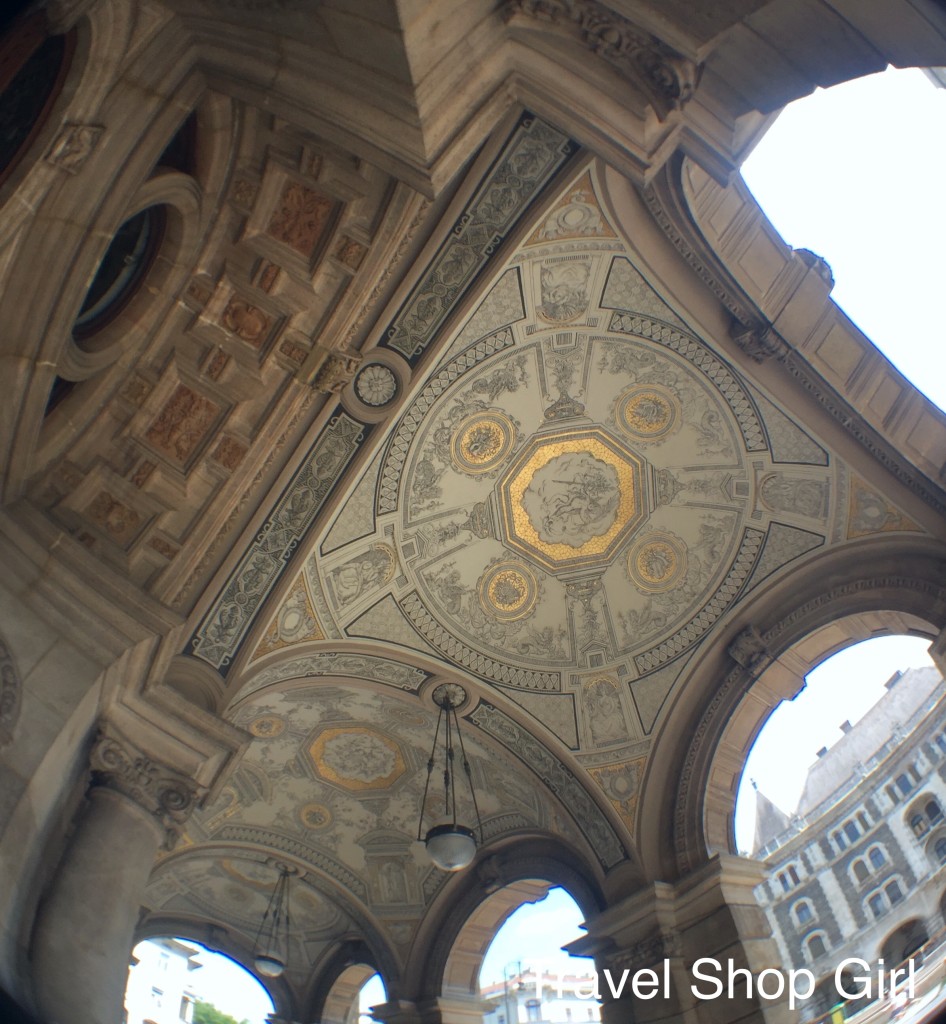
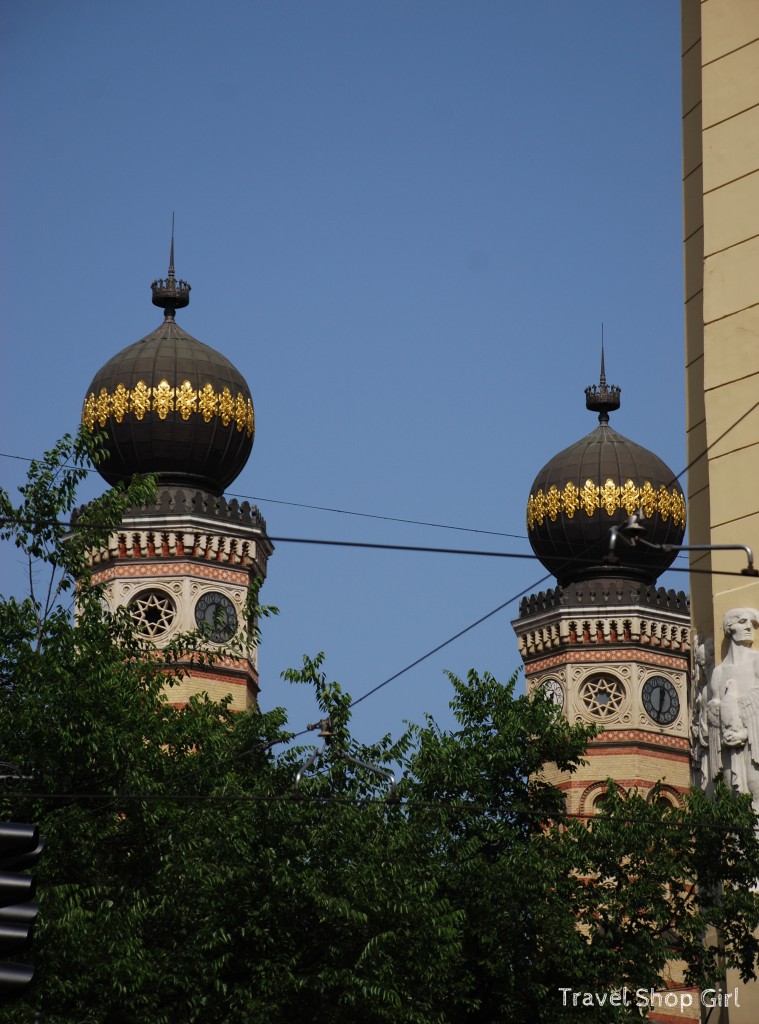
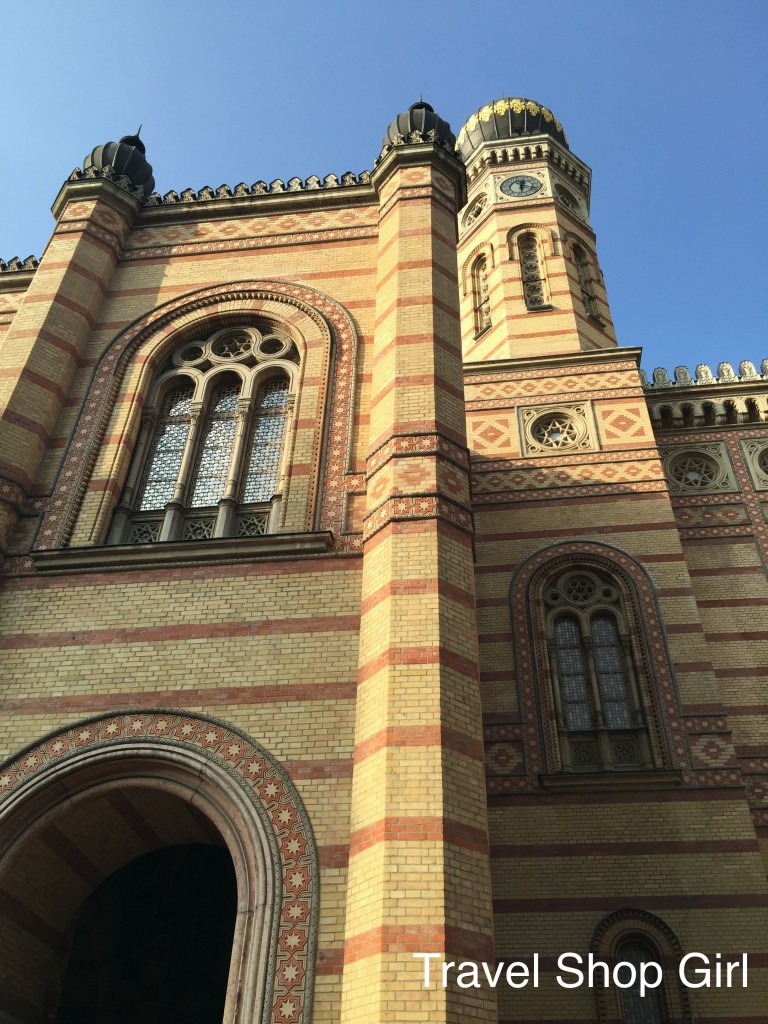
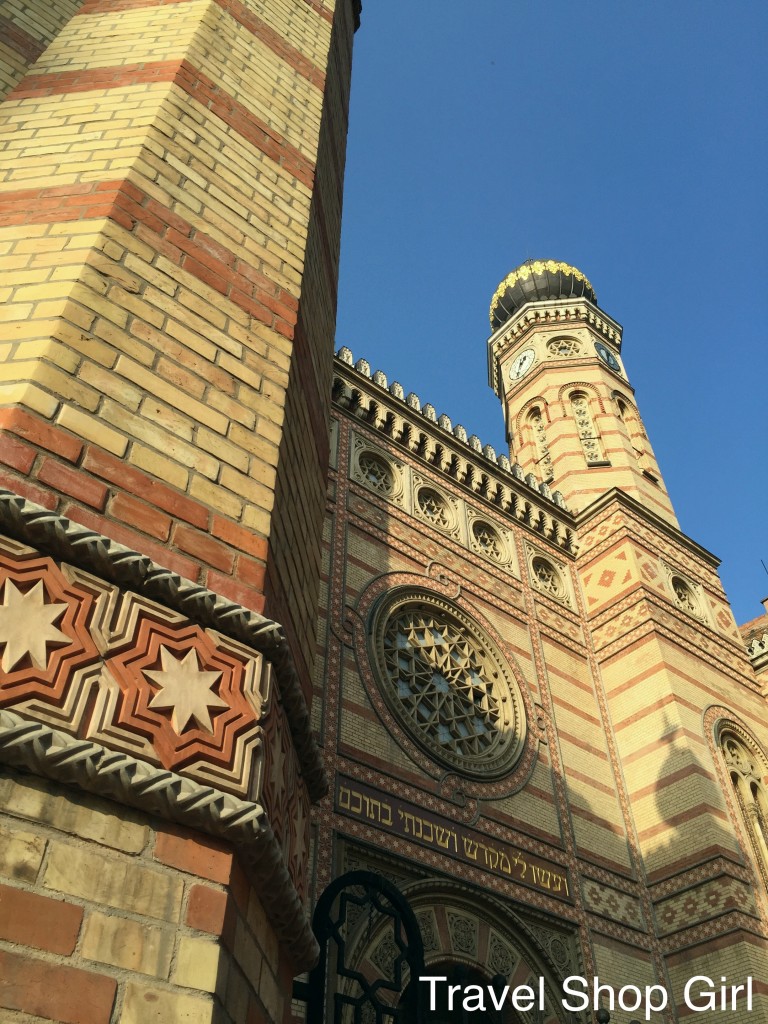
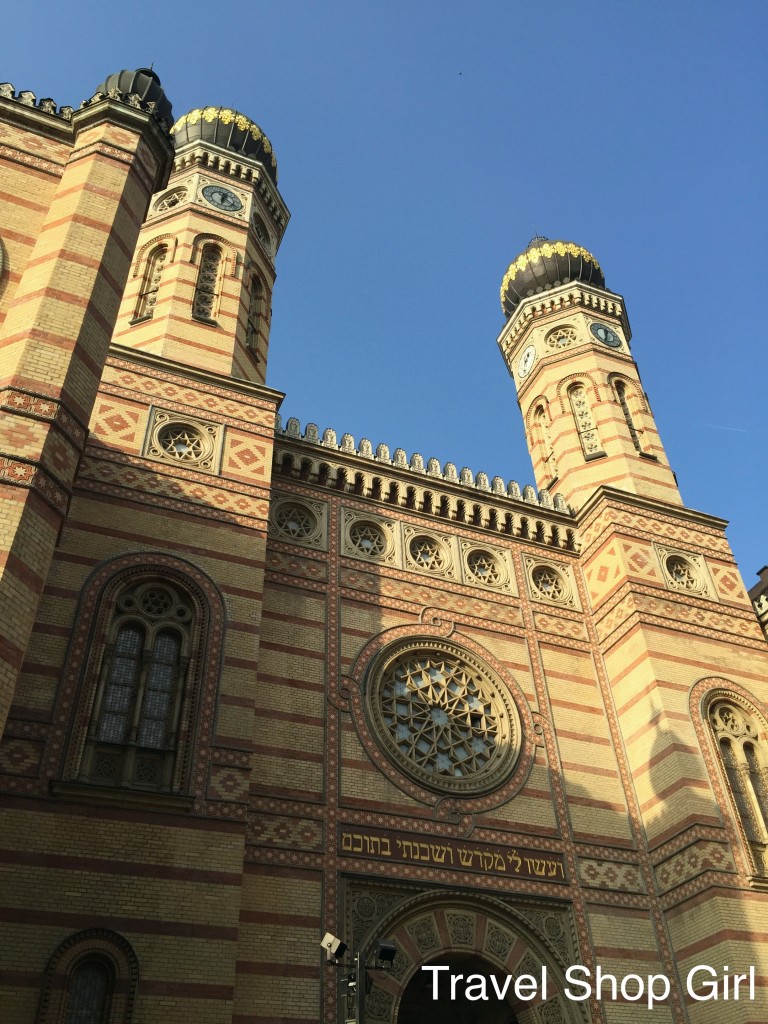

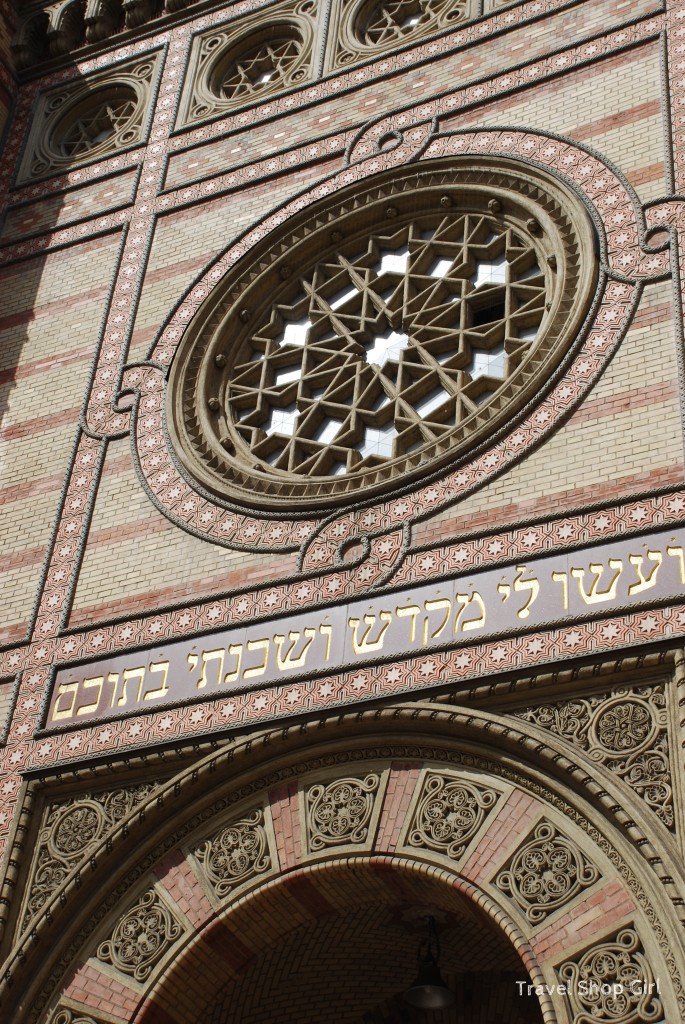
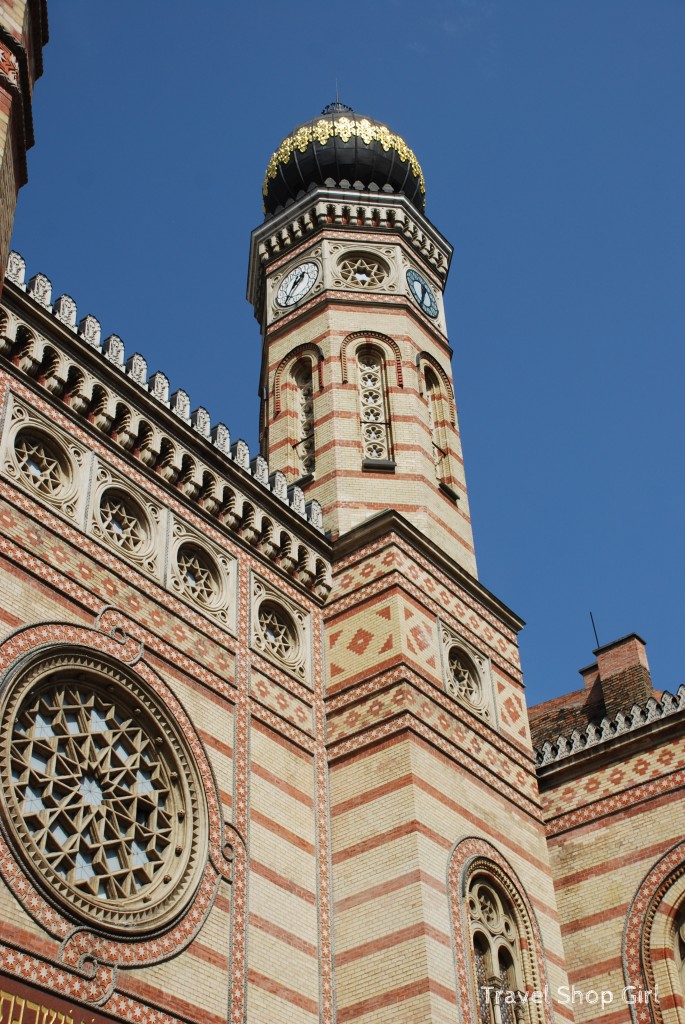
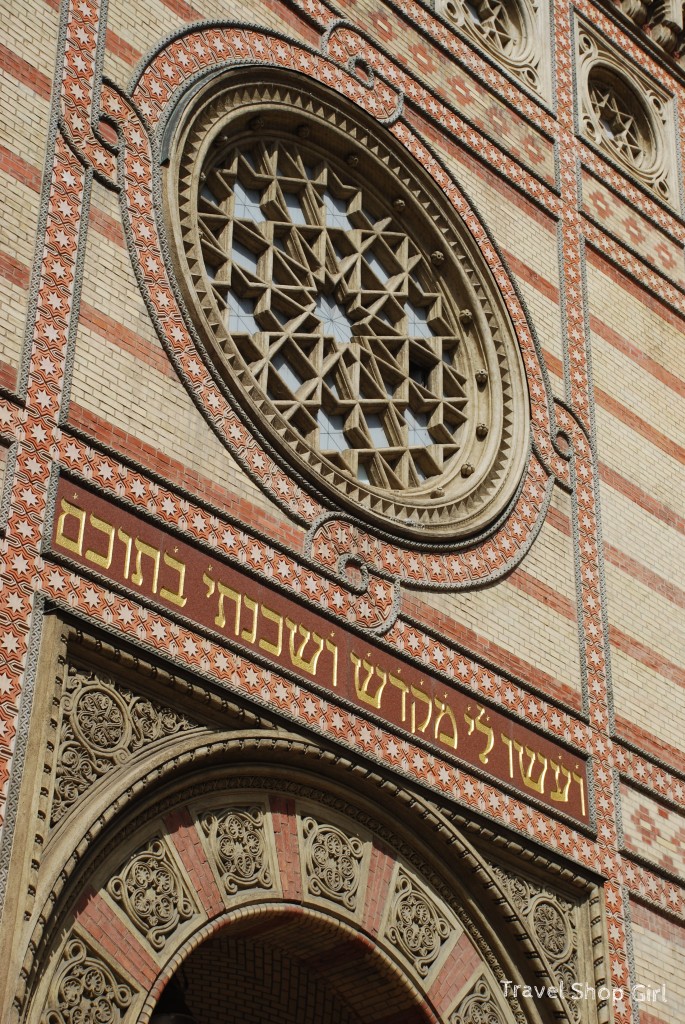


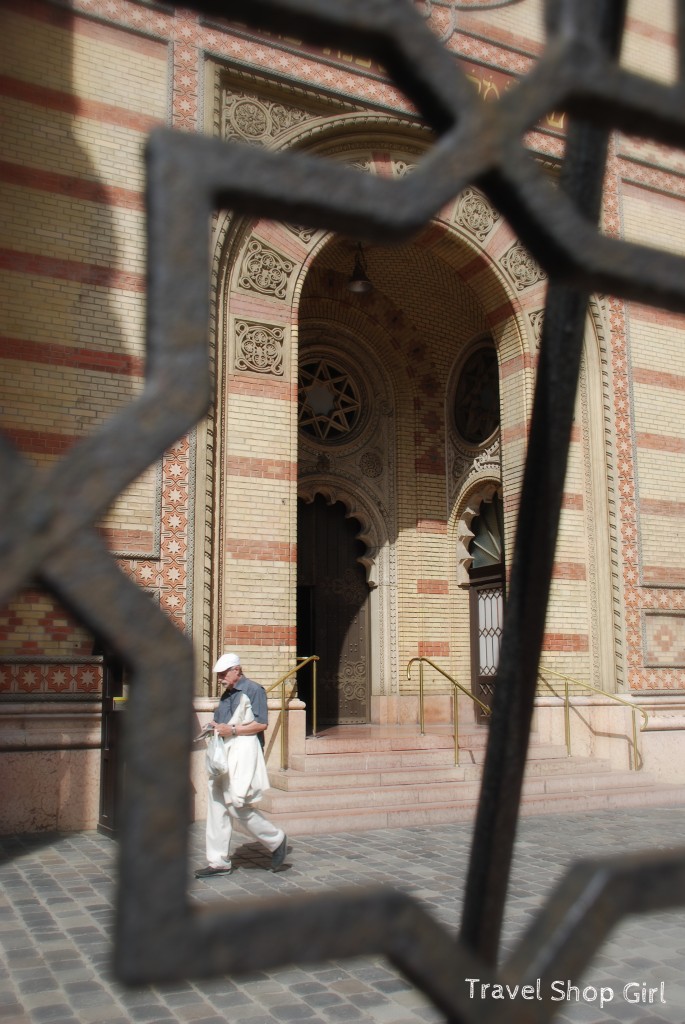
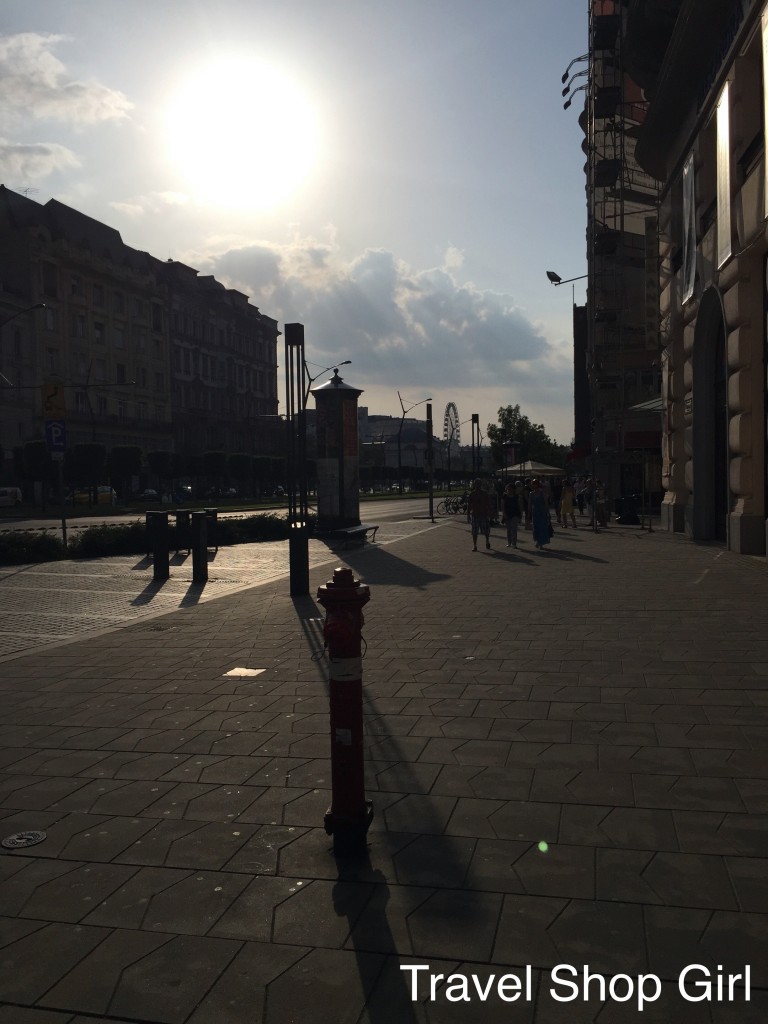

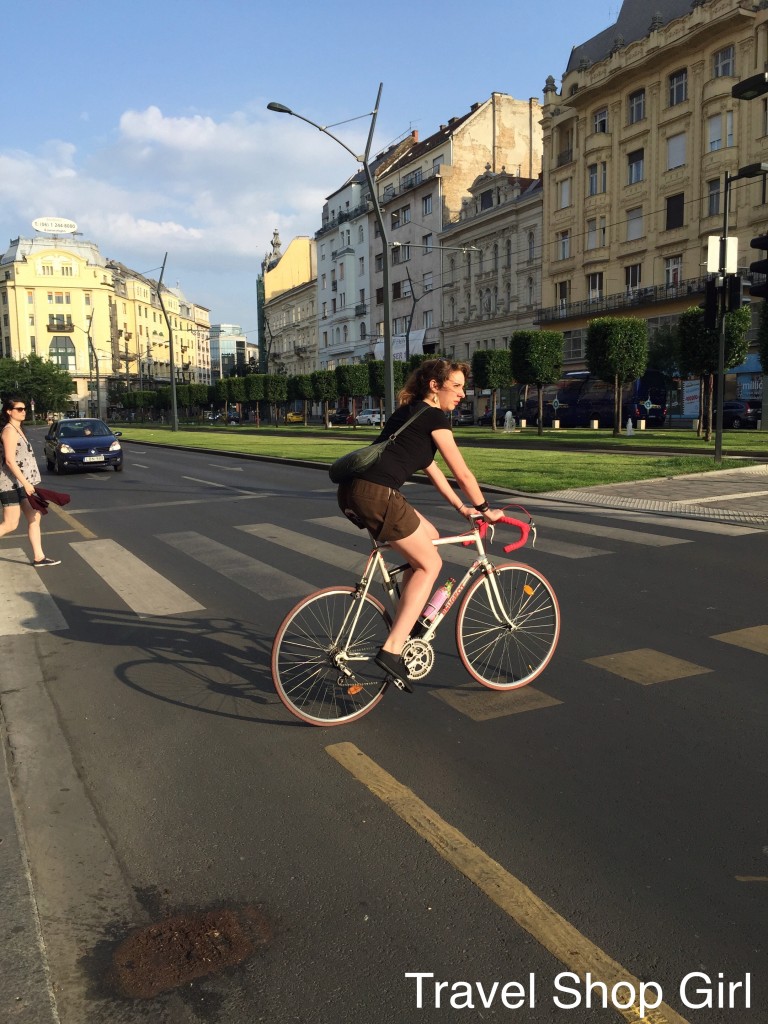
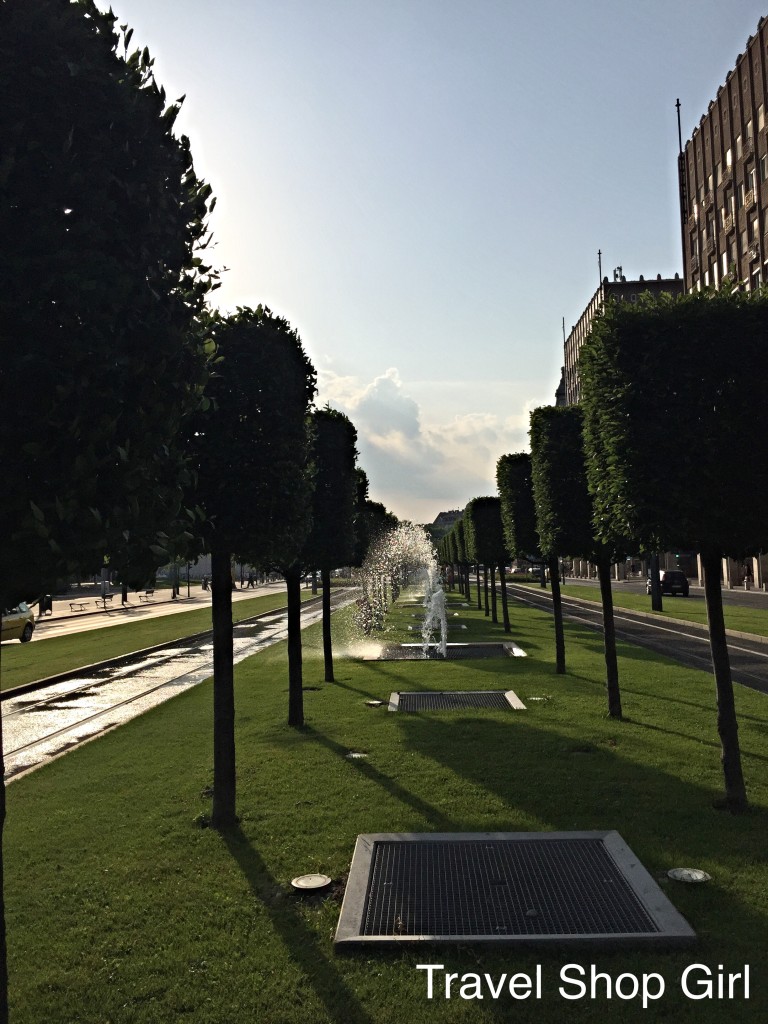

2 thoughts on “Viking Atla: Day 1 Sightseeing in Budapest”
Comments are closed.